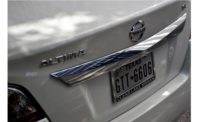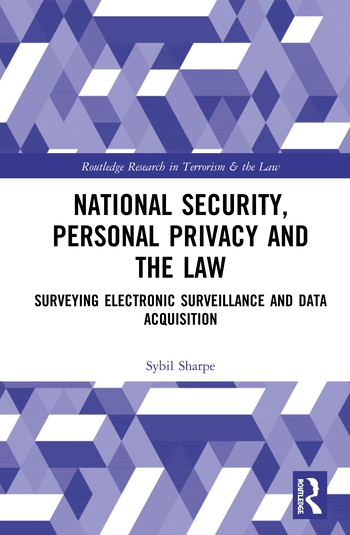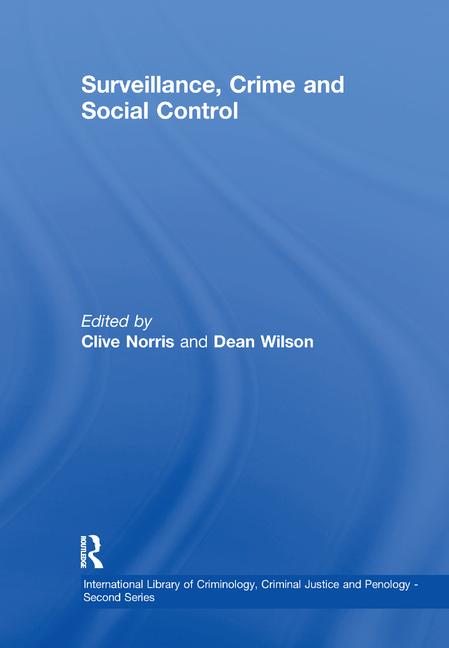How Does AI Affect License Plate Recognition?

Closed circuit television became commercially available in the United States in 1949, progressively growing in popularity for surveillance and security applications in both corporate and public spaces. In that time, numerous research studies have shown that the use of surveillance cameras does, in fact, reduce crime. It is no surprise that in the last decade, its use has exploded into the private sector. Over time artificial intelligence has begun taking over, making surveillance easier and less time-consuming for users to pinpoint the data they need.
What Can Businesses Use AI-Enabled LPR for?
Now that surveillance cameras have become ubiquitous, it is impractical, if not impossible, to have a dedicated individual who continuously monitors the incoming video streams. When something nefarious does occur, the challenge lies in processing the endless hours of raw footage to zero in on a specific time, find a specific perpetrator, or recognize patterns of suspicious behavior. Emerging technologies offer software that can be used to almost instantaneously parse that raw data. AI-enabled LPRs allow for companies to change parking structures eliminating gates. This offers a convenient way for cars to access parking without the hassle of waiting in line for a gate to open. If an unauthorized vehicle were to access the area, security can be notified immediately as most new LPR technologies offer a text/email alert system.
In addition, businesses can use AI-enabled LPRs for monitoring deliveries. Generally, when a delivery is made the driver needs to check-in/sign-in. Now, many companies are opting to use LPR services that automatically check-in a shipment in live time. This helps, when there is an issue or dispute, to identify any information that may be helpful – who was the driver, what was the delivery, exact time of arrival.
White lists and black lists provide another useful tool to identify and limit what vehicles are allowed on your company’s property. For instance, if a non-authorized vehicle is driving around the premises, LPRs can detect that and send an alert.
Why Are AI-enabled LPRs Valuable
LPRs take a proactive approach to recognizing something before anything happens. Again, there is a convenience factor, not only for customers of a business but for the business itself. No longer do you need to staff gates. Businesses can now allocate the time of its security members to other areas in need or save on excess costs.
In addition, AI-enabled LPRs are unique as they generally don’t require a new camera, as they provide software that can connect to cameras already in use. While that may sound complicated, its rather simple as all users are required to do is download and install software. The rest is up to programmers who build custom applications with the technology already inside.
While many think LPRs are for assisting in criminal investigations, they do serve a purpose in other industries. Similar to my previous point in regard to deliveries, the versatility of this technology is wide-ranging. Casinos may use it to flag a VIP or high roller. Similarly, other companies may use it for rewards programs. When the camera scans a VIP’s plate, the company is notified. This allows them to acknowledge the customer whether it’s with a new promotion or deal or even a discount.
How Can the Information Be Shared with Authorities?
The addition of artificial intelligence to an existing surveillance system augments the capabilities of police to fight crime and victims to receive justice. Many emerging technologies offer users email and text alerts. In the event of an incident, all logs are saved and backed-up to the cloud where they can be accessed. There are various ways to find what you are specifically looking for whether it is sorting the logs by day or by model of vehicles. So, for instance, if law enforcement is conducting an investigation and they need to see every black SUV that entered your facility on Monday, you can type in those parameters and get a list at your fingertips.
Frequently, victims or witnesses are not able to confidently provide a full license plate number. Perhaps they cannot remember all of the characters or do not get a full view of the license plate, but they are able to give a partial plate, the state of origin, or a description of the suspect’s vehicle. Even this data may be adequate to assist in the investigation.
Conclusion
Artificial intelligence has helped to refine the collection of data, automated its processing and enhanced investigative techniques. The integration of surveillance systems and artificial intelligence has created a faster and more proactive system. As artificial intelligence is still in the early stages of success, the possibilities of where we go next are endless. We have merely scratched the surface of the capabilities and potential applications of this technology.
Looking for a reprint of this article?
From high-res PDFs to custom plaques, order your copy today!








